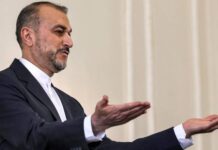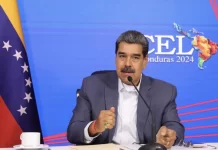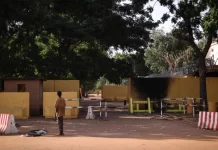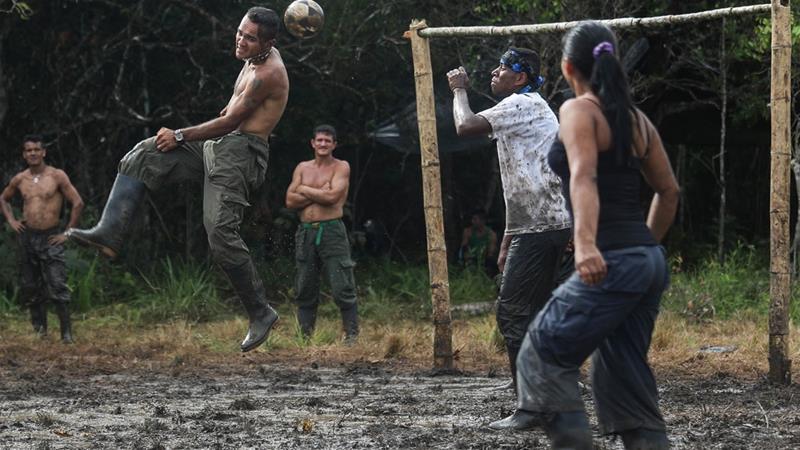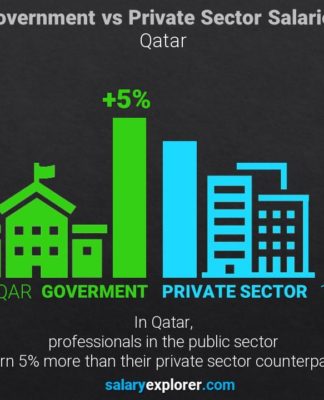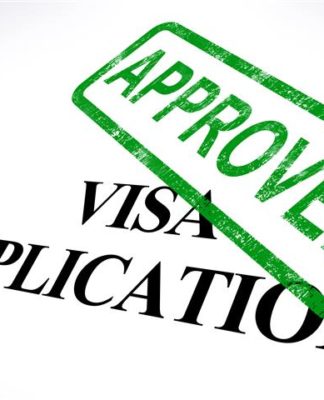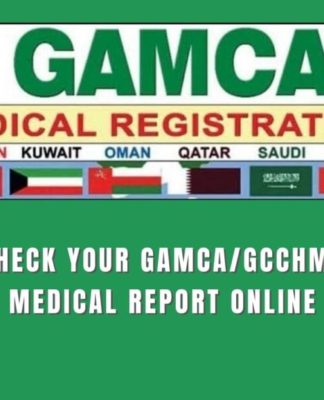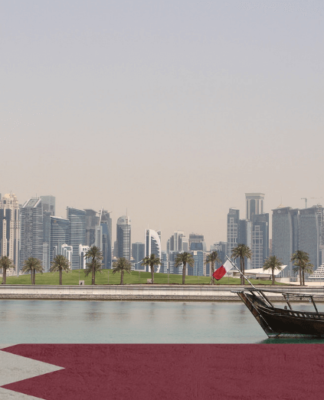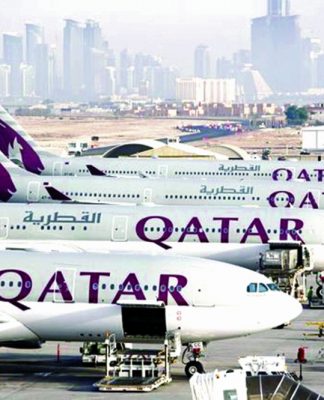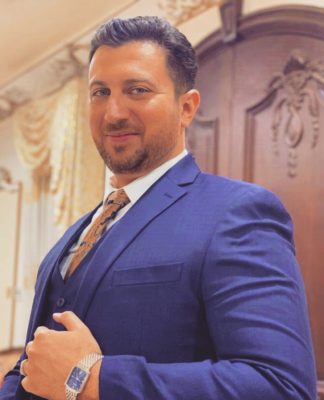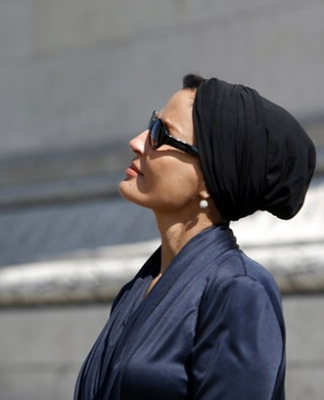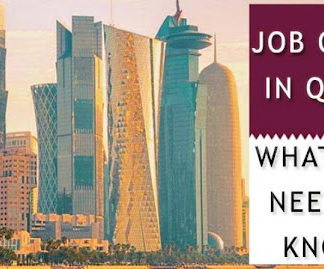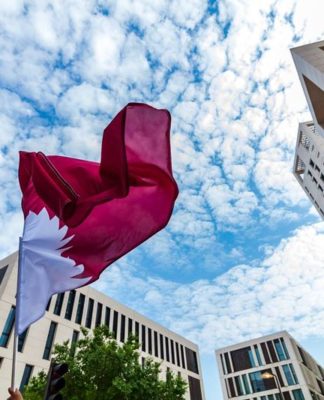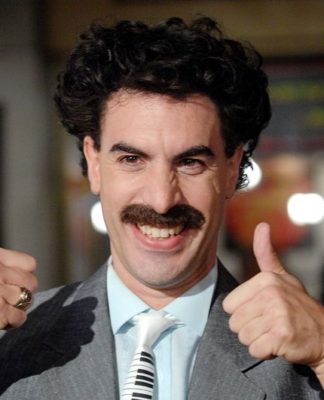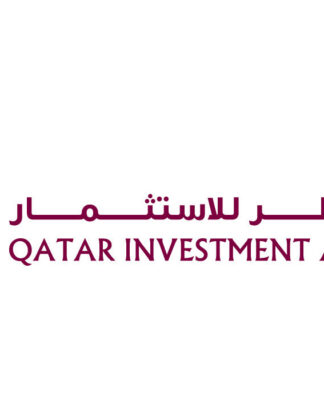As former FARC rebels try to reintegrate into society, will the country’s most popular sport help ease the transition?
![Can football heal old wounds in Colombia? FARC rebels play football at their camp after the 10th Guerrilla Conference in the Yari plains where the peace accord was ratified by the FARC in September 2016 [File: Mario Tama/Getty Images]](https://www.aljazeera.com/mritems/imagecache/mbdxxlarge/mritems/Images/2018/4/9/811ab41edc674d27870576a543a0d810_18.jpg)
Editor’s Note: This article forms part of a series of content being produced for Al Jazeera in association with the launch of its new football podcast, Game of Our Lives.
—
After years of negotiations and revisions to peace deals, the government of Colombia and the left-wing rebel group Revolutionary Armed Forces of Colombia (FARC) officially put an end to the longest-running conflict of the Western Hemisphere in November 2016.
This particular conflict lasted more than five decades and devastated many areas of the country. But it wasn’t the only source of violence during this period.
During the conflict, Colombia also endured the formation of other left-wing rebel organisations, the rise of drug cartels, the spawning of right-wing paramilitary outfits, and the excesses of a state that occasionally collaborated with these illegal groups.
FARC have now transformed into a political party and most of their former rebels, considered criminals up until the peace deal, are trying to reintegrate into civilian life. The deep wounds of the war are still fairly fresh and reconciliation will prove a long process. But there may be no better way to ease this transition than through Colombia’s unofficial religion: football.
Football and politics in Colombia
In recent decades, the sport has played a rather dark role in the country’s public life.
Famously in the 1980s, rival cartels tried to gain popular favour by injecting drug money into some teams in the Colombian league. Pablo Escobar held the reigns at Medellin’s Atletico Nacional, turning the club into a continental champion. The brothers Miguel and Gilberto Rodriguez Orejuela were behind the scenes at Cali’s America and Gonzalo Rodriguez Gacha (aka “The Mexican”) ran Bogota’s Millonarios.
After the assassination of Minister of Justice Rodrigo Lara in 1984, the Colombian government implemented an extradition treaty with the United States. The first person to be extradited was Nacional’s President Hernan Botero, after he was accused of money laundering.
Football also provided a rather grim bit of lore in Colombia’s civil war. In 1997, members of the right-wing paramilitary group Autodefensas Campesinas de Cordoba y Uraba (ACCU) beheaded a farmer in Bijao Cacarica, in the Choco region in western Colombia. According to local testimonies, the paramilitaries then played football with the farmer’s head. Although the paramilitaries deny doing so, the image of the head of an innocent man turned into a football still haunts many Colombians.
The prospect of peace
In 2012, Colombian President Juan Manuel Santos announced that his government was going to begin peace negotiations with FARC, the oldest active armed group in the country.
Around then, Felix Mora, a human rights lawyer from Bogota, got the idea of creating La Paz FC, a football club to help heal the wounds of war. Mora’s idea was to create a team that would not just include the rebels, but also victims of the conflict. Through uniting victims and former fighters on the same team, La Paz FC would perform symbolically the reconciliation needed in the country.
In all, there are more than eight million people now officially recognised as victims of Colombia’s civil war. According to UN data, 7.4 million people in Colombia have been internally displaced.
Football is by far the most popular sport in the country. Colombia comes to a standstill when the men’s national team plays a game. Few people can be seen on the streets, as most find their way home or to a bar to catch the game. The sheer number of people watching these games has an impact on the Colombian economy. Just in Barranquilla, where Colombia plays its qualifiers, each match-day generates around $5m, according to the city’s chamber of commerce.
The sport enjoyed the same popularity in FARC camps deep in the Colombian jungle or hidden in inaccessible canyons. Though in some camps football was banned, because the rebels had to be alert in case of an ambush, many former fighters still played the sport and followed it eagerly.
In an interview with El Tiempo newspaper in September 2016, just a few weeks before Colombians would vote to reject an initial peace deal struck between both parties, the government’s head negotiator, Humberto de la Calle, recalled that FARC leaders would always show up to the negotiating table wearing the national team’s jersey after a qualifier had been played.
“Those were moments in which I was reassured as a Colombian, and I understood that, even if we had huge differences, and we still have them, we are all Colombians,” he was quoted as saying.
Bringing Colombians together
Mora, the human rights lawyer, said he feels similarly about La Paz FC.
“Our focus is national reconciliation,” he told Al Jazeera. “Football is the most powerful tool to achieve real unity, to unite around a single language, a single passion.”
Mora has been building the team from the ground up since 2012, but it wasn’t until November 2016, when the government and FARC signed and began to implement a revised peace deal, that La Paz FC started to gain media interest.
It was around this time that FARC members marched towards “concentration zones”, where they would gather to prepare for their return to civilian life. Many football games were being organised as a symbolic form of reintegration.
 |
| Santos kicks a football into a goal during a visit to the FARC concentration zone in Putumayo, Colombia in February 2017 [File: Jaime Saldarriaga/Reuters] |
For example, in December 2016, FARC members in Buenos Aires, a remote town in the mountainous Cauca region in southwestern Colombia, were invited to participate in the annual five-a-side tournament organised by the towns of the area.
In April, Mora visited another FARC camp in La Elvira, also in the Cauca region, where he and some now demobilised FARC members planned to get three professional teams playing by 2018: one in Colombia’s men’s second division, one for the women’s league – which will begin its second season later this year – and an under-20 team.
This proposal caused controversy and was opposed by many officials in Colombian football.
Boyaca Chico’s Eduardo Pimentel said that “Colombian football should not bow down to FARC.”
Jorge Fernando Perdomo, the president of Dimayor – Colombian football’s authority – said that “football is private … a place in the second division costs $7.2m in the market. The last-placed team in the second division would beat them by 10 or 12 goals … If their aim is reintegration, they should start with amateur football.”
While the idea did get some traction with FARC members, and made international headlines, communication broke down between Mora and the demobilised rebels. FARC, then, decided to pursue the creation of their teams on their own and recruited Edgar Cortes, a former director of Santa Fe, one of Bogota’s professional teams, to be their sporting director.
But Mora and La Paz FC kept going. Since 2014, they have had the assistance of Bonner Mosquera, a former idol of Millonarios, Santa Fe’s city rivals, who has helped in the creation of the team’s football programme.
Football is the most powerful tool to achieve real unity, to unite around a single language, a single passion.
FELIX MORA, HUMAN RIGHTS LAWYER
They also have been helped by Alfonso Canon, who played for the Colombian national team in the 1970s.
According to Mora, the team – which for now functions more as an academy – has 25 players from all over the country and from various racial and economic backgrounds.
Mora said he recognises that he faces an uphill battle trying to convince former fighters of the necessity of integration.
La Paz FC’s methodology of bringing together people from all sides of the Colombian conflict, he said, is “abysmally contrary to the ideological thinking of the demobilised guerrilla”. The club remains open to all. “Any former combatant who wants to reintegrate in civilian life through football is welcome here,” he says. “That’s our aim.”
FARC itself has established football clinics all around the country and recently, their team from Vigia del Fuerte (in Antioquia, near the border with Choco) played a game against a team from the national army and beat them 11-5.
The road ahead
In the meantime, the Colombian presidential elections – which coincide with the four-year cycle of World Cups – are looming. Tongue-in-cheek, many Colombians suggest that the results of the national team influence the vote.
In 2014, Colombia began the tournament with a comfortable 3-0 victory over Greece.
The day after the win, Colombians voted to re-elect Juan Manuel Santos, whose campaign was built around the promise of a peace deal and whose opponent, Oscar Ivan Zuluaga, advocated a return to a policy of military confrontation with FARC.
This time, the presidential runoff will be held two days before Colombia’s first match in the 2018 World Cup.
There remains the prospect that the fragile unity being built in Colombia will come under strain.
The candidate who is leading most polls comes from the same party as Zuluaga and is the only one who maintains that the peace deal should be “structurally reformed”.
Whatever the result, football will continue its role as a theatre for the tensions and hopes of Colombian society.
SOURCE: AL JAZEERA NEWS





